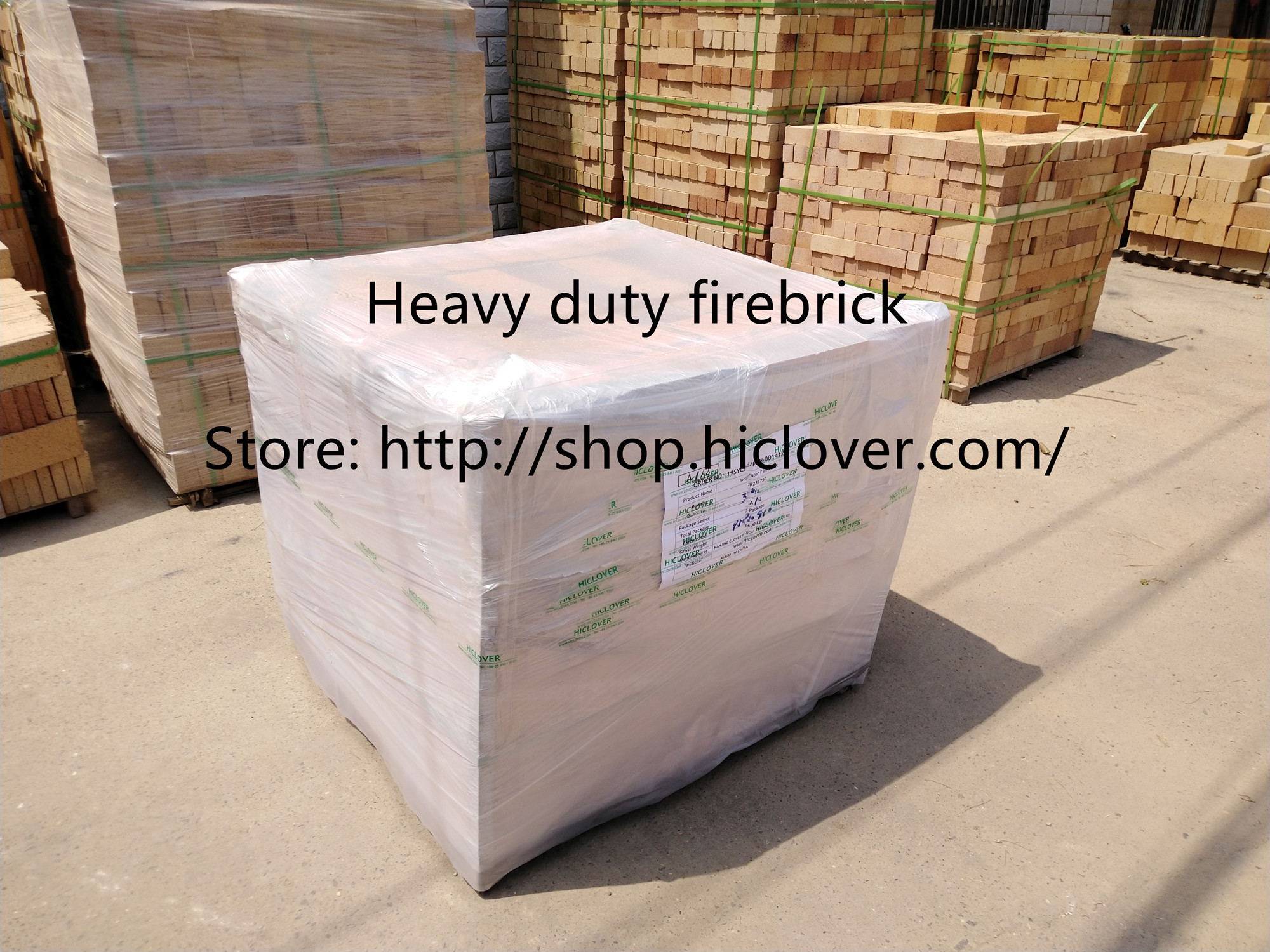Burning Questions: Exploring the Science Behind Incineration- how does the incinerator works

Incineration is a method of waste disposal that has sparked heated debates among environmentalists, scientists, and policymakers. While some view it as a necessary solution to reduce landfill space and prevent the release of harmful toxins into the environment, others are concerned about the potential health risks and environmental impact associated with incineration.
One of the burning questions surrounding incineration is whether it is a sustainable method of waste disposal. Proponents argue that modern incineration facilities are equipped with advanced technologies that minimize emissions and generate energy from the combustion of waste. In fact, some incinerators are able to produce electricity that can be used to power homes and businesses in the surrounding area. This not only reduces the reliance on fossil fuels but also helps to offset the carbon footprint associated with waste disposal.
However, critics claim that incineration is not a truly sustainable solution because it does not address the root cause of waste generation. Instead of focusing on reducing, reusing, and recycling, incineration perpetuates a linear “take-make-waste” model that is inherently unsustainable. Furthermore, burning waste releases greenhouse gases, such as carbon dioxide and methane, which contribute to climate change. This raises the question of whether the benefits of energy recovery outweigh the potential environmental costs of incineration.
Another burning question is whether incineration is a safe method of waste disposal. While modern incinerators are equipped with pollution control devices that can capture harmful pollutants, such as dioxins and heavy metals, there is still the potential for toxic emissions to be released into the atmosphere. Some studies have shown that communities living near incinerators may be at a higher risk of respiratory illnesses, cancer, and other health problems due to exposure to pollutants.
Furthermore, the ash produced from incineration can contain toxic substances, such as heavy metals and dioxins, which can leach into the soil and groundwater if not properly managed. This raises concerns about the long-term environmental impact of incineration on soil and water quality.
In conclusion, the science behind incineration is complex and multifaceted, with proponents and critics presenting valid arguments for and against this method of waste disposal. While incineration can help reduce landfill space, generate energy, and mitigate greenhouse gas emissions, it also raises concerns about air and water pollution, human health risks, and the sustainability of our current waste management practices. As we continue to grapple with these burning questions, it is essential to conduct further research, engage in open dialogue, and explore alternative solutions to address the challenges of waste disposal in a sustainable and environmentally responsible manner.